Exhuming Old Technology: The Audio Cassette
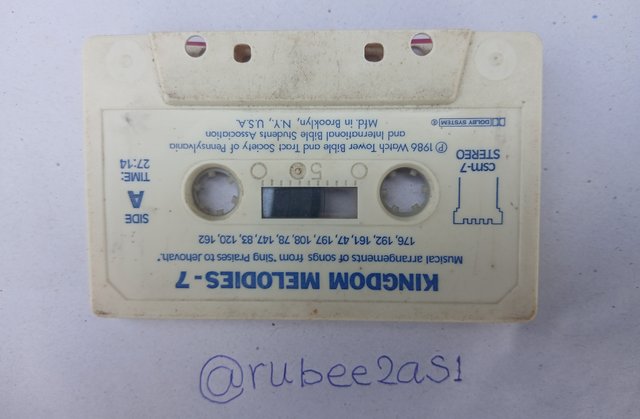
The audio cassettes were the standard storage for music from the 1960s to the 1990s. It was specifically introduced in 1963 as the Philips' Compact Cassette but gained popularity in the 1970s after winning a decisive battle for dominance against reel-to-reel, 8-track cartridges, vinyl records, wire recording, and 45 rpm singles.
Some of its opponents were bulky, expensive, had limited playback control and were fragile with poor sound quality.
Key Advantages:
The cassette tapes had the following as its key features that made it adorable:
- Portability
- Affordability
- Ease of use
- Recording capability
- Improved sound quality (Dolby noise reduction)
Hey Gen Z!
A message to the Gen Z reading this post. You might have seen these ancient relics in your grandparents' attic or may be in a retro-themed stores. But, believe it or not, these cassettes were once the ultimate music format! The iPod, Mp3, memory cards for playing music mostly on a walkman.
What is a cassette?
A cassette tape is a plastic case containing two spools of magnetic tape that stores music. You would have to insert it into a player and press play, and enjoy your favourite tunes. A typical cassette tape had side A and side B.
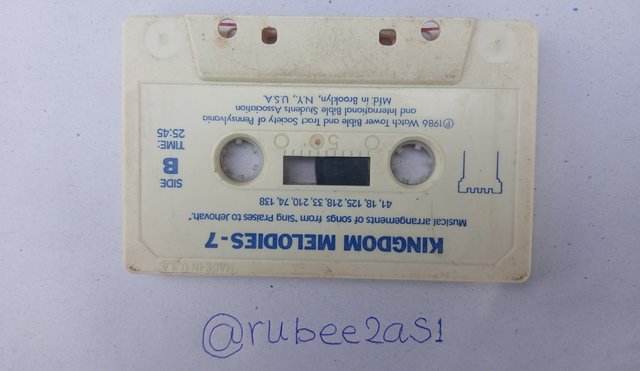
Insights into the technology
Let me help you take a sneak peek into what we have inside this relic.
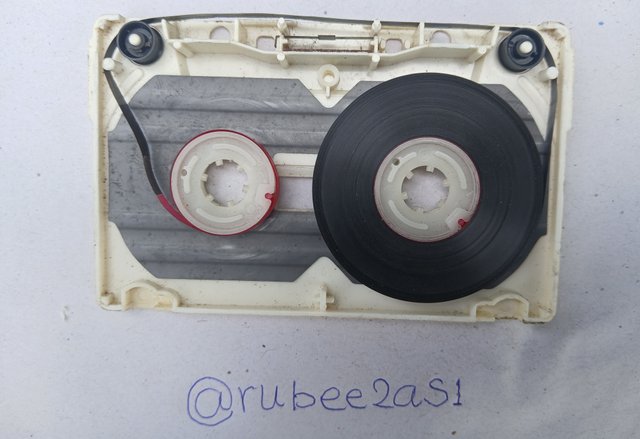
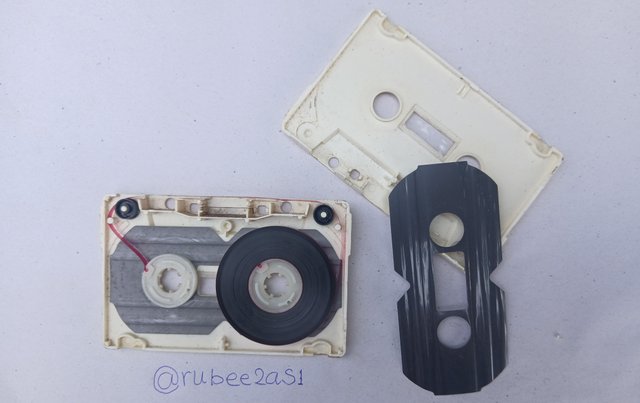
The tape is a plastic ribbon made from polyethylene or polyester, which provides mechanical strength. The plastic is coated with a magnetic coating using iron oxide (Fe2O3), chromium dioxide (CrO2) or cobalt-doped with iron oxide for high-fidelity.
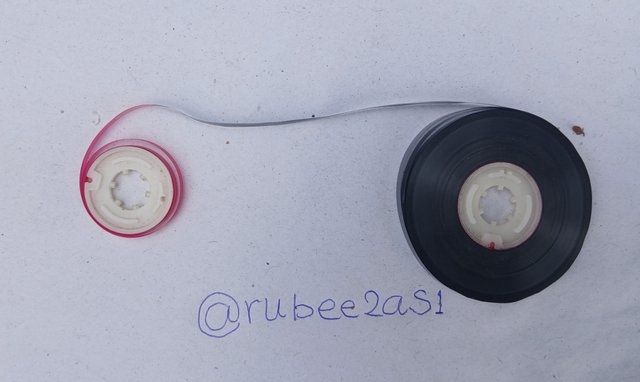
An audio signal is being converted to a magnetic field, and the magnetic field aligns the magnetic particles on tape. The tape will hold the new arrangement for as long as possible.
When put in a player, the read headreads the magnetic arrangement and amplifies it as audio.
Do you remember I mentioned the battle fought by cassette tapes to gain dominance? And how many technologies were vanquished?
It turns out the cassette tapes have a kind of kryptonite—your regular magnet.
Do not keep the cassettes close to a magnet; otherwise, it would wipe everything recorded on it.
Back then, we had to beware of some common culprits that could damage your tapes.
1.Refrigerator magnets
- Magnetic phone cases
- Even strong electrical currents
- Speakers with strong magnetic fields
- TVs and computer monitors
I hope exhuming the cassette tape was helpful, showing you what such a relic stood for in the past. In case you will love to know, the cassette tapes got replaced by compact discs.
I am planning to travel deep into the past to exhume another relic from an almost forgotten time.
Thank you for publishing an article in the Steem4nigeria community today. We have assessed your entry and we present the result of our assessment below.
MODs Comment/Recommendation:
It's cool that you're sharing about cassettes with Gen Z. They might find it fascinating to learn how music was enjoyed before the digital age. Cassettes really were a big deal back in the day, with that classic side A and side B setup. It’s interesting to think about how music formats have evolved from cassettes to iPods and streaming services. Sharing these memories can help bridge the gap between generations and show how music has changed over time.
Remember to always share your post on Twitter using these 3 main tags #steem #steemit $steem
Hi, Endeavor to join the #Nigeria-trail for more robust support in the community. Click the link Nigeria-trail
Guide to join
Dear @sahmie
my issue with twitter in now fixed and here is my link
https://x.com/rubees4life/status/1859525736681324686